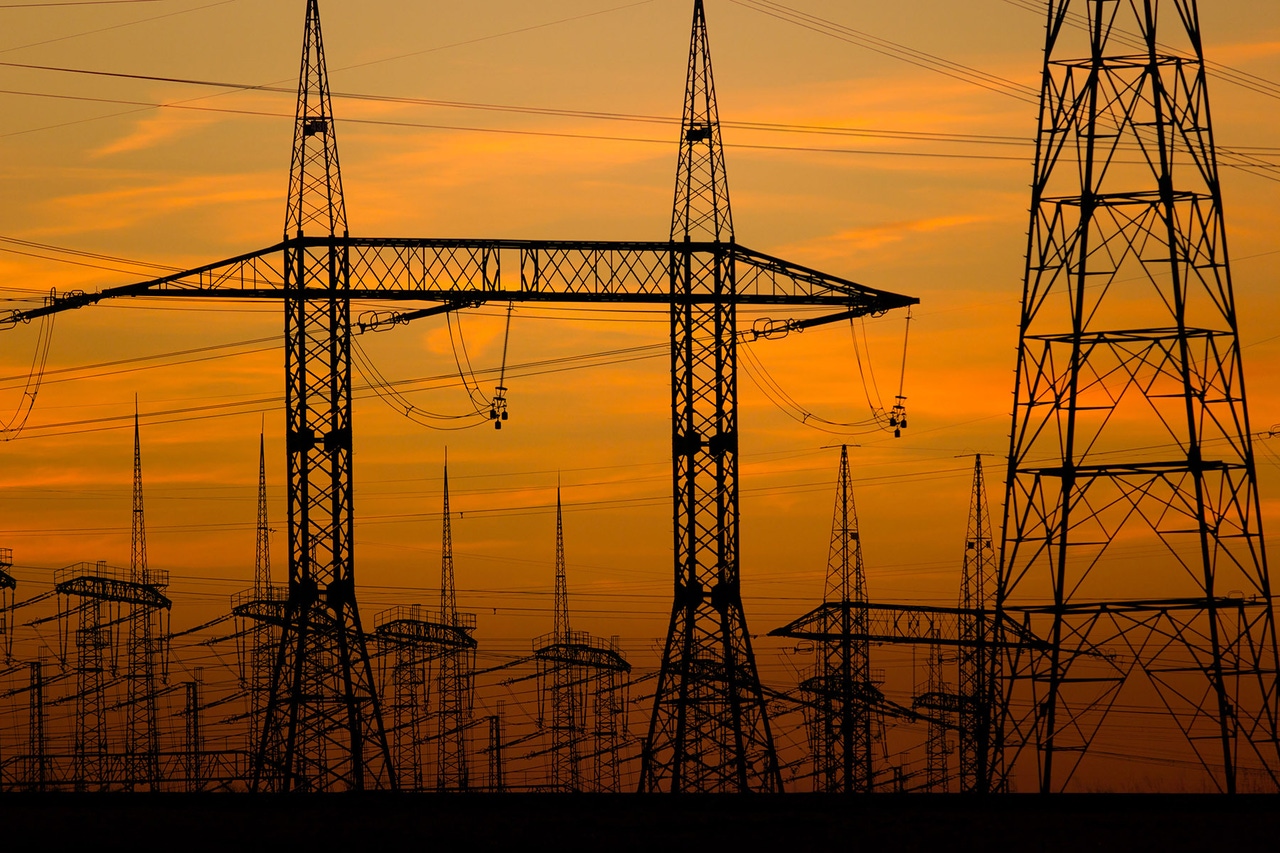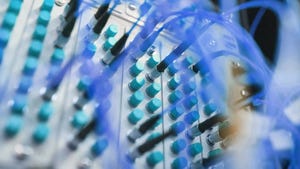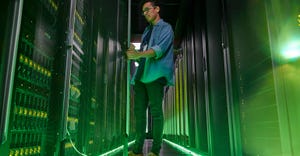How Data Centers Are Working with Utilities to Improve Power Availability
Amid the ongoing power crisis, the need for strategic collaboration between data center developers and grid operators is stronger than ever.
May 15, 2024

For many years, data center operators largely regarded power as an internal matter: how to run cables to where they need it, how to improve power usage effectiveness (PUE), and how to better monitor power management. But the attention is now being directed externally. Modern power problems are all about how to obtain more power for the data center, how to add renewable resources, and how to work better with utilities.
Microgrids, for example, may offer the opportunity to address grid burden and turn data centers into better grid citizens. However, such initiatives can be difficult and costly to implement due to the data center and the utility being worlds apart. What is emerging is a need for strategic collaboration between data center developers and grid operators.
"Data centers and utilities have diametrically opposed cultures," said Allan Schurr, chief commercial officer at microgrid specialist Enchanted Rock.
Data center operators may expect fast service from the grid. But they are just one voice in a rapidly changing power infrastructure. Most utilities are assailed on all sides by consumers, industry, and regulators. They have had to cope with more change over the past few years than in the previous 50 years.
"New markets for wholesale energy, capacity, and ancillary services are having a significant impact on the operation of electric grids and the financial implications for both energy suppliers and energy consumers," said Rick Rys, director of consulting at ARC Advisory Group.
Understanding the Utility Universe
At this year’s Data Center World exhibition and conference in Washington, D.C., Schurr explained how the utility universe works and what is important to it. The grid, he said, is the most complex machine in the world. It must balance supply and demand constantly. One error can be so catastrophic that it takes weeks to resolve.
Consequently, grid operators and utilities tend to have a conservative mindset. They must design their networks for worst-case scenarios like winter storms Uri and Elliott where utilities had to enact rotating outages to avoid grid collapse. They also have to arrange enough power for envisioned demand peaks so they are never caught short.
When it comes to adding power, they are unlikely to roll out the red carpet for a data center that wants 10 extra megawatts and a new transmission interconnect now.
"Utilities think of an interconnect as a long-term commitment that might go far longer than the life of a data center," said Schurr.
Data Centers Working with Utilities
Michael Donohue, managing director of business development at Cumulus Data, is upbeat about how data centers and utilities can coordinate their efforts.
"Some are afraid that we will run out of power, but we don’t see that as likely," he said. "It is quite feasible for data centers to work with and integrate with the grid."
He backed up his assertion about power availability by showcasing the ERCOT power region in Texas. He said that prices are relatively low except for a few hours a year. The sudden peaks and extreme prices at those points cause some to worry about a lack of power, but for most of the year, there is more than enough.
Texas, Donohue added, serves as a model of how the nation can deal with soaring power demand. While most utilities have seen no growth in power load for a couple of decades, the state has experienced steady load growth. Yet the grid has coped relatively well. Texas has also been steadily adding plenty of wind and solar generation while gradually retiring its coal plants.
"The problem is really one of familiarity," said Donohue. "Employees of utilities outside of Texas have gone 20 years without ever having to deal with load growth. But now they face massive growth due to AI, data center expansion, and electric vehicles."
In ERCOT, prices for most of the year hover around $25 per kW. But at times during the summer, they might soar to $4,000 per kW.
"A few hundred hours of peaking power a year are causing issues everywhere," said Donohue. "This creates the idea that there is not enough power."
Hence, ERCOT has been building natural gas-based peaking plants to provide the energy needed during summer highs. Meanwhile, transmission lines are being expanded and utilities are planning to add more power.
"Some data centers are building their own microgrids while utilities complete long-term planning and gain approval for more transmission and generation," said Donohue. "Once the grid is strengthened, these data centers may then reintegrate with the grid."
Gain a Utility Perspective
Marcisha Adams, vice president of power and utilities at EdgeCore Digital Infrastructure, spent many years working for a large utility in Georgia. She understands grid problems from both the utility and the data center perspective. She recommends that data centers need to take the time to understand the perspective of the utility. They typically operate on long-range schedules and have processes and approvals that can take several years.
One issue she ran into was that standard utility practice is not to place an order for equipment until a new interconnect, substation, or data center feed has been fully approved.
“We arranged with the utility that if our project doesn’t get approved, we’ll pay for it, so they agreed to order the equipment much earlier,” said Adams.
Utilities and transmission operators conduct studies that look many years into the future. Before the AI and data center power rush, they would have as much as six years of warning from big additional customers that planned to come onto the grid. Now, data centers are demanding more power immediately.
One solution, she said, was to move data center facilities from Tier One metros where power is severely limited to Tier Two towns such as Columbus and Reno where power is more likely to be available. Oklahoma, Georgia, and Mississippi are further up-and-coming markets for data centers due to available power.
“Many of these regions had a manufacturing base that necessitated a strong transmission backbone so data centers can move into these areas more easily,” said Adams.
Backup Generation Options
Brett Collard, vice president of corporate development for Compass Datacenters, advised data centers looking for more power to take more advantage of their backup generators. Utilities may even incentivize data centers to use these assets on a standby basis.
Collard said his company’s facilities in Phoenix have an arrangement with the utility to switch from utility power to backup assets for up to 500 hours a year. They are paid by the utility for that capability, but so far, they have only needed to implement it for about 25 hours per year.
“We leverage those backup assets at peak periods to help with grid stability and demand response,” said Collard
Such programs are a good way to establish a better relationship with a utility. Data centers can then build on that foundation and find ways to gain access to more power.
“We are struggling to find capacity now to handle demand spikes,” said Collard. “Speed to market is critical: We can’t wait five to seven years.”
About the Author
You May Also Like









